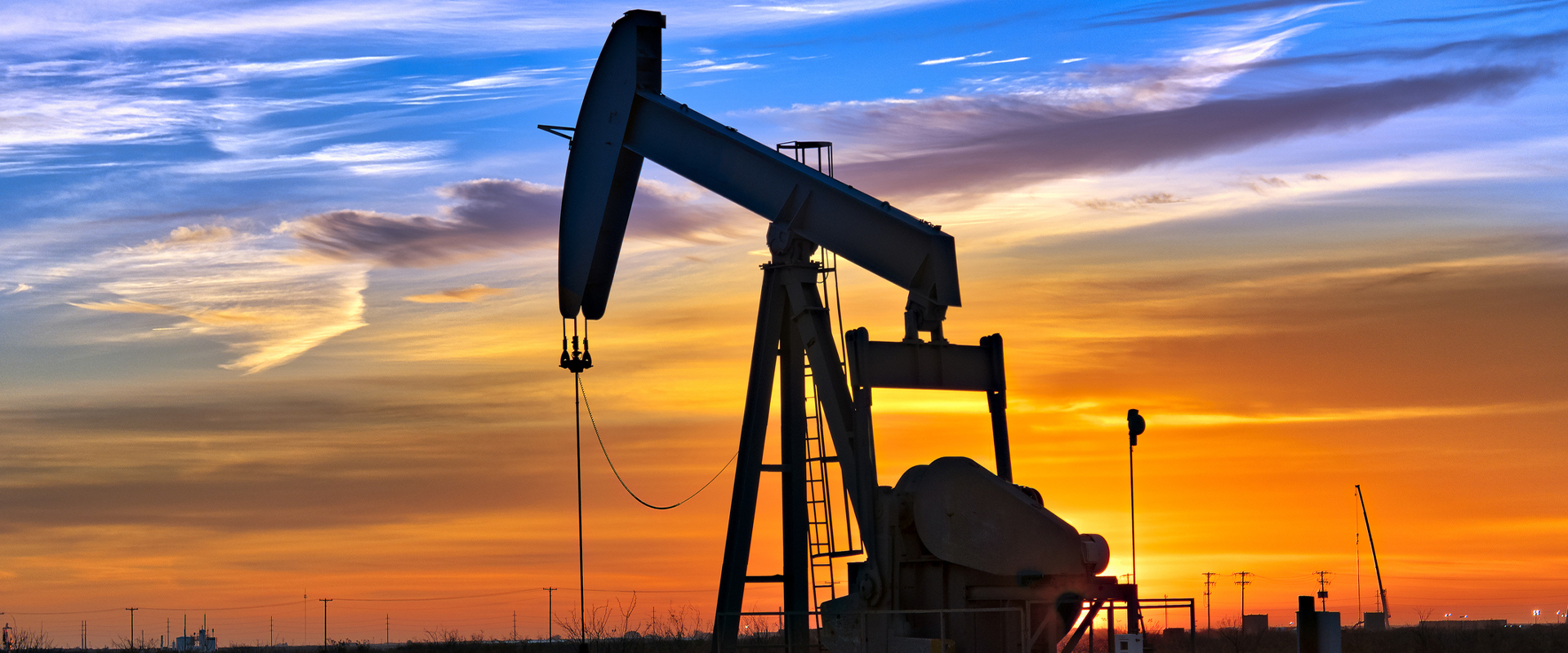pump seating nipple
Understanding Pump Seating Nipples A Key Component in Oil and Gas Operations
In the oil and gas industry, efficiency and reliability are paramount. One critical component that plays a significant role in these operations is the pump seating nipple. This specialized equipment assists in the effective functioning of artificial lift systems, specifically in wells that require enhanced oil recovery techniques. This article delves into the importance, functionality, and maintenance of pump seating nipples in the extraction processes within the petroleum sector.
What is a Pump Seating Nipple?
A pump seating nipple is a specialized fitting that allows for the secure attachment and alignment of pumping equipment within a well. It serves as a connection point for downhole pumps, ensuring that the system operates efficiently under the conditions found in the wellbore. This component is designed to withstand high pressures and temperatures, which are common in oil and gas extraction environments. Typically made from robust materials such as alloy steel, pump seating nipples are engineered to resist corrosion and wear, thereby enhancing their durability.
Functionality of Pump Seating Nipples
The primary function of a pump seating nipple is to hold the pump in place while allowing it to operate effectively. When a pump is installed in a well, it must be anchored securely to prevent it from shifting or detaching due to pressure fluctuations or fluid movements. The pump seating nipple ensures precise alignment, which is crucial for optimal pump performance. Furthermore, the design of these nipples allows for quick and easy installation and retrieval of pumps, facilitating maintenance and repairs without extensive downtime.
One significant advantage of utilizing a pump seating nipple is that it helps to manage the downhole fluid dynamics. By maintaining a stable position for the pump, the nipple aids in minimizing turbulence and optimizing flow rates. This stability allows for better recovery rates of hydrocarbons, leading to increased efficiency in oil and gas operations.
Types of Pump Seating Nipples
There are various types of pump seating nipples, each designed for specific applications and well conditions
. Some common varieties includepump seating nipple

1. Standard Pump Seating Nipples These are typically used in traditional oil wells, where standardization of equipment is crucial for efficient operations.
2. Grooved Pump Seating Nipples These feature grooves that enhance the grip between the nipple and the pump, providing additional security in high-pressure environments.
3. Retrievable Pump Seating Nipples Designed for applications where the pump may need to be frequently removed or replaced, these nipples allow for easy retrieval while maintaining integrity in the connection.
Maintenance Considerations
To ensure the longevity and reliability of pump seating nipples, regular inspection and maintenance are essential. Operators should monitor for signs of wear and corrosion, as these can compromise the nipple's effectiveness. Implementing a routine maintenance schedule helps in identifying potential issues before they escalate, ultimately saving costs on repairs and minimizing downtime.
Moreover, proper installation is critical for the performance of pump seating nipples. Technicians must adhere to best practices and manufacturer specifications during installation to prevent any operational failures. Training personnel in the correct procedures for handling and installing these components can significantly enhance the efficiency of the entire pumping system.
Conclusion
In conclusion, pump seating nipples play a vital role in the oil and gas industry, ensuring the secure and efficient operation of downhole pumps. Their functionality helps to optimize fluid dynamics, enhancing recovery rates and overall operational efficiency. Understanding the different types and the importance of maintenance can significantly impact the success of drilling and extraction projects. As the industry continues to evolve, advancements in pump seating nipple technology will likely lead to further improvements in efficiency and reliability, paving the way for more sustainable oil and gas operations.
-
Tubing Crossover - API Compatible, Custom Sizes, In StockNewsNov.10,2025
-
Tubing Coupling | High-Strength, Leak-Proof Steel CouplingsNewsNov.10,2025
-
Wholesale API Threading Casing Coupling | API 5CT, Fast ShipNewsNov.10,2025
-
Pup Joint Supplier | API Certified, Custom, Quick ShipNewsNov.10,2025
-
Pup Joint Manufacturers | Precision Machined, Fast DeliveryNewsNov.10,2025
-
Tubing Coupling | Precision Steel, Leak-Proof, Fast DeliveryNewsNov.03,2025







